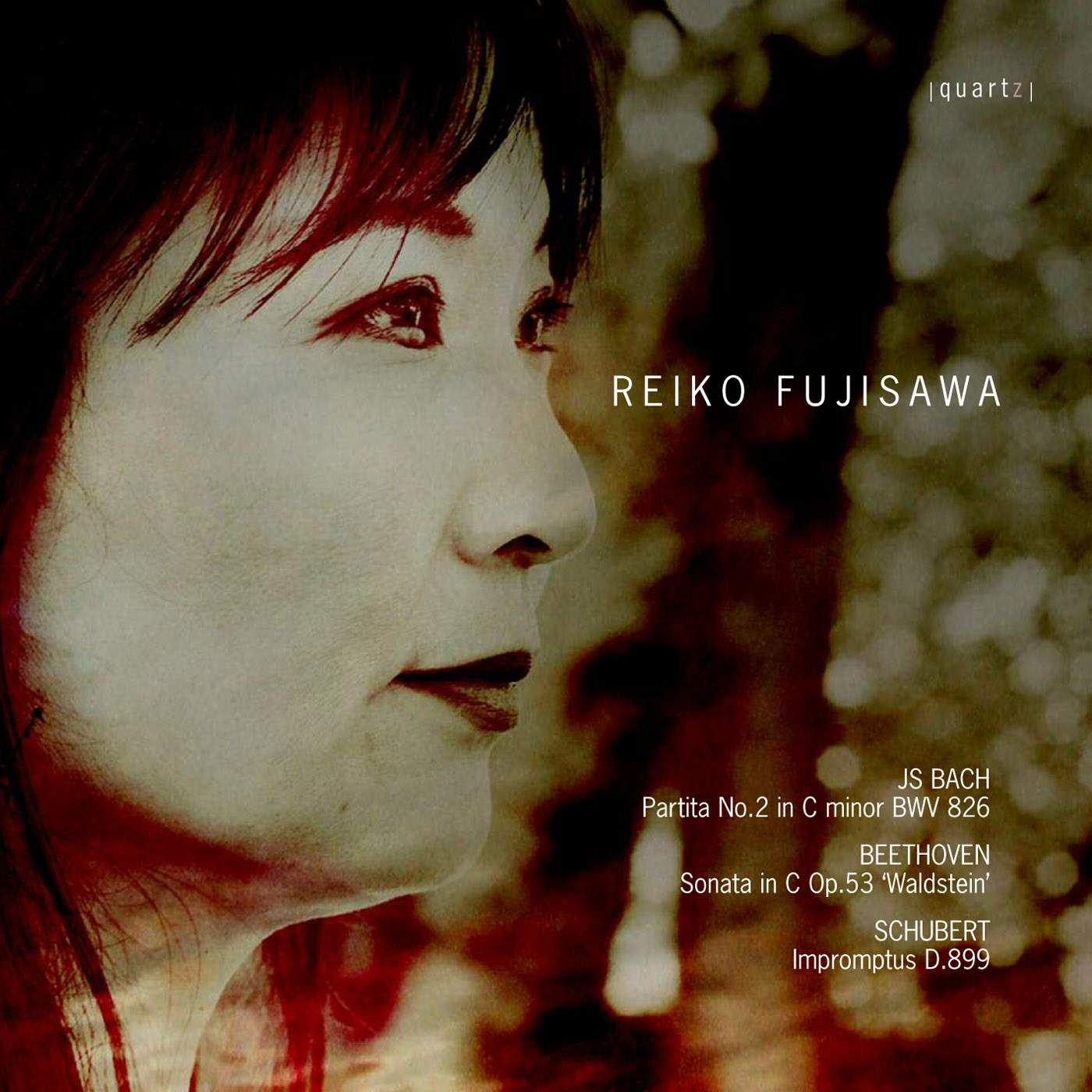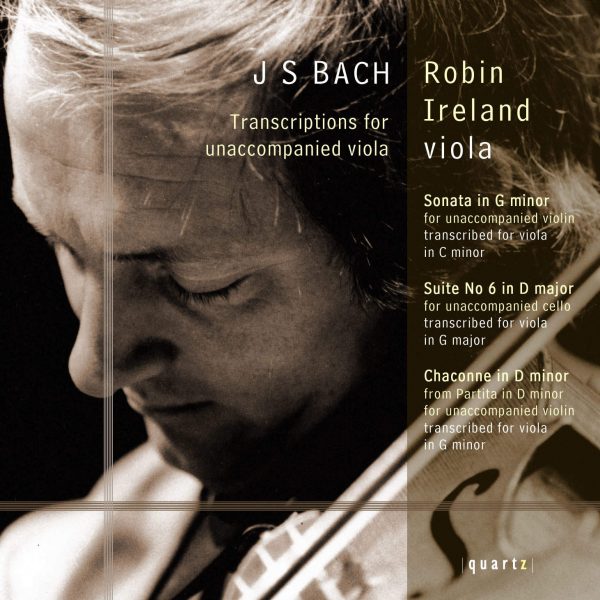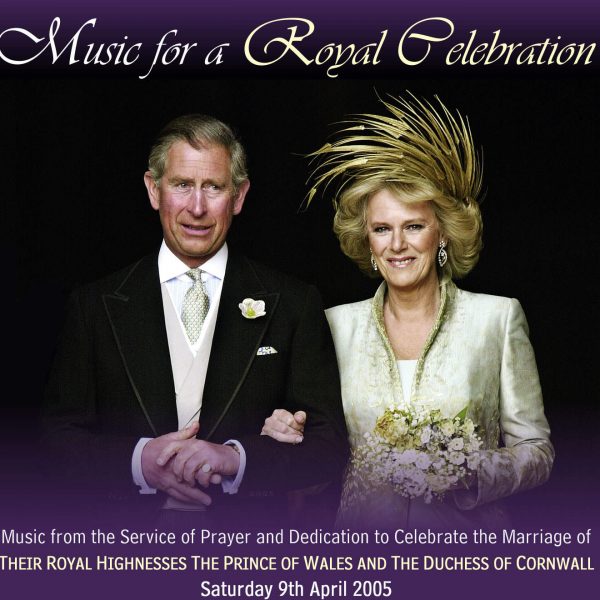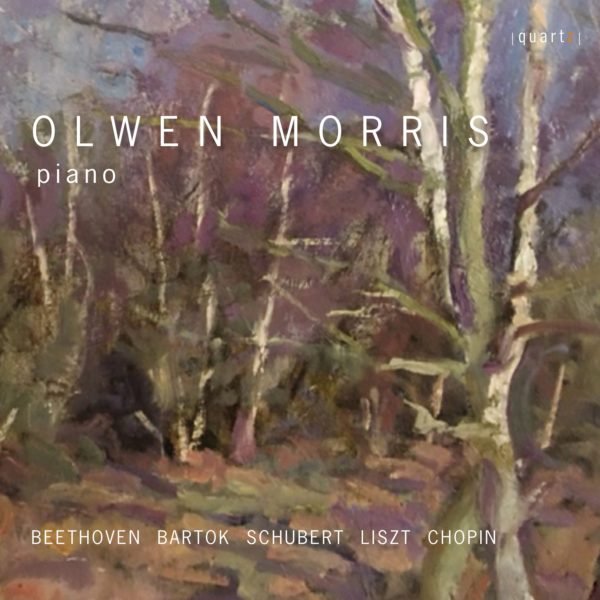Bach | Beethoven | Schubert
Price range: £5.99 through £11.99
Reiko Fujisawa, piano, plays works by J.S. Bach, Ludwig van Beethoven and Franz Schubert
J.S. BACH
PARTITA NO.2 IN C MINOR BWV 826
1 Sinfonia: Grave, Adagio — Andante
2 Allemande
3 Courante
4 Sarabande
5 Rondeaux
6 Capriccio
LUDWIG VAN BEETHOVEN
SONATA IN C OP.53 “WALDSTEIN”
7 Allegro con brio
8 Introduzione: Adagio molto — attacca
9 Rondo: Allegretto moderato — Prestissimo
FRANZ SCHUBERT
IMPROMPTUS D.899
10 No.1 in C minor: Allegro molto moderato
11 No.2 in E flat: Allegro
12 No.3 in G flat: Andante
13 No.4 in A flat: Allegretto
About This Recording
It is tempting to romanticise creative artists; to imagine that their work invariably stems from an inner impulse, an inspiration, a genius, which elevates them above mere mortals. No other motivation than that impulse is deemed necessary. J.S. Bach, Beethoven and Schubert may easily be viewed in such terms, so great is their collective contribution to the history of Western music. Yet it is not to discredit any one of them to point out that the works on this disc share the motive of recognition, even money. These were human beings, who had to live, and who sought approbation for their work. J.S. Bach published his C minor Partita as part of a commercially-driven scheme. Beethoven wrote his ‘Waldstein’ Sonata to please a patron and to some extent at least, Schubert wrote his Impromptus, D.899 with a view to increasing his popular success and reaping the financial rewards. Unlike some commercially motivated music, however, these works display all the brilliance and invention of composers who, whatever their purpose for writing, exhibited consummate skill whenever they did so.
Having spent three years in Leipzig dedicating himself to his numerous duties, in 1726 J.S. Bach turned his attention to the more commercial endeavour of publishing and promoting his own music. Apart from a cantata released in 1708, none of Bach’s music had ever been published. He set about issuing six harpsichord Partitas, BWV 825-830, at the rate of one a year from November 1726 until 1731, when he re-issued them as a complete set, ‘Opus 1’, the first volume of his Clavier-Übung (Keyboard Exercise) series of publications. The rather stark title, Clavier-Übung, was inherited from Bach’s Leipzig predecessor, Johann Kuhnau, while Bach used the term ‘Partita’ to indicate a suite of dances. The full description of Bach’s ‘Opus 1’ begins: ‘Keyboard Exercise, consisting of Preludes, Allemandes, Courantes, Sarabandes, Gigues, Minuets, and other Galanteries.’
Bach’s first biographer, Johann Nikolaus Forkel (1749-1818), wrote in 1802 that Part I of the Clavier-Übung ‘made a great noise in the music world at the time. Keyboard compositions of such excellence had never been seen or heard before. Anyone who had learned to perform some of their movements well, could make his fortune in the world and even today a young artist might gain recognition in this way, so brilliant, well-sounding, expressive, and ever-new are these pieces.’
The first two harpsichord Partitas, BWV 825 and BWV 826, show the influence of the music of Georg Böhm (1661-1733). Whereas Bach’s previous keyboard works had been influenced by the south German tradition of composers such as Pachelbel, the north German style of Böhm and others was quite different: an intensely emotional language, combining personal feeling with ornamentation derived from the great French organists of the 17th century. According to C.P.E. Bach, his father ‘loved and studied’ Böhm’s works. Having absorbed the stylistic traits learned from the north German style, Bach made it his own, and remained faithful to this idiom for the rest of his life. When Bach’s Partitas BWV 825 and BWV 826 were published, a newspaper article announced that copies were available ‘at the house of Monsieur Boehm, organist of St John’s Church, Lüneberg’, indicating that the two men had kept in touch.
The C minor Partita, BWV 826, opens with a French-style overture, with an unusual addition: rather than moving directly from the slow introduction to quicker, fugal writing, Bach inserts another slow section between the two, a beautiful melody which gives way to a two-part invention. This is followed by an Allemande, a German dance in 4/4 time which features continuously-flowing semiquavers. The next movement is a French Courante, (as opposed to the more quick-flowing, less ornate Italian Corrente), in which Bach uses complex rhythms, including the dotted rhythms more usually associated with the French overture. This creates a rhetorical effect within the suite, as though the music has taken a breath and is, with the use of characteristics associated with the overture, starting afresh. The Courante is in a rich four parts, something we have not heard since the opening chords of the Sinfonia, which also creates an aural relationship between this central movement and the opening of the suite.
The elegant Sarabande features flowing semiquavers and a clear two-part texture. Instead of the more usual Gigue, Bach rounds off the suite with ‘galanteries’: a witty Rondeau, and an intricate three-part Capriccio. Bach wrote that these works were ‘offered to music lovers as refreshment for their spirits.’
In his early days in Bonn, Beethoven was grateful to Count Ferdinand von Waldstein for his patronage. In 1804, the same year in which he wrote his ‘Eroica’ Symphony, No.3, Beethoven composed his Sonata in C, Op.53, by way of thanks to his patron. In the ‘Waldstein’ Sonata, Beethoven’s particular choice of harmony and spacing marked a significant step forward: the work was unlike anything that had been written before, either by Beethoven himself or by Haydn or Mozart and, in it, Beethoven stamped his own musical personality indelibly on the score.
The sonority of the opening movement is vigorous and expressive, yet also bare and clean. In particular, Beethoven alternates the tonic chord with dominant sevenths, an uncomplicated dissonance which gives the movement a very distinct character, accentuated by wide handspacings. The movement resonates with a specific energy, stemming not only from its rhythmic vitality, but also from this harmonic alternation. Even in the opening bars, this sets up a particular tension, delaying the absolute definition of the tonic key for an exceptionally long time (some 13 bars). When it arrives, the second subject is in E major, rather than G as one would expect. Furthermore, while Haydn had made ‘monothematic’ sonata form his own, in the ‘Waldstein’ Sonata Beethoven’s themes germinate from one another, varied but related, like a set of Russian dolls.
The original central movement, an Andante favori, was replaced by Beethoven with a longbreathed slow Introduzione to the Rondo finale. An early Beethoven biographer, Alexander Wheelock Thayer (1817-1897), reported that:
… a friend of Beethoven’s said to him that the sonata was too long, for which he was terribly taken to task by the composer. But after quiet reflection Beethoven was convinced of the correctness of the criticism. The Andante … was therefore excluded and in its place supplied the interesting Introduction to the Rondo which it now has. A year after the publication of the sonata, the Andante also appeared separately.
The Rondo begins in a warm, lyrical vein, with major-minor shifts creating musical light and shade. This is contrasted with a gloriously resonant, spacious texture, developed into passages of great dramatic force and driving rhythmic momentum, as well as impressive virtuosity. Then during the Rondo’s expansive coda, Beethoven toys with the main theme by doubling its tempo.
Beethoven’s piano sonatas represented the apotheosis of the form: few could match the quality of his achievements in the genre, or the volume of works he produced. Although there are notable examples from 19th-century composers, Franz Schubert included, the number of piano sonatas droppe sharply post-Beethoven, and demand for new genres increased. In particular, the desire for individual piano pieces, suitable for domestic and salon use, became insatiable, and Schubert was able to meet this demand with, it seemed, remarkably little effort. The word ‘impromptu’ was current in Vienna in the 1820s, generally denoting a light piece in ternary form (A-B-A), with a florid, spontaneous quality. The genre was initially popularised by Czech composers working in Vienna, such as Jan Vorísek (1791-1825), with whose music Schubert was familiar.
A century after Bach’s C minor Partita appeared, Schubert’s Four Impromptus, D.899 were published, in 1827. Schubert had composed them during the summer, between the two halves of his Winterreise. The first Impromptu, in C minor, is driven forwards by an unrelenting rhythmic impulse of the type used in many of Schubert’s Lieder; and it possesses the tragic quality of some of the Winterreise songs. The piece opens with a striking unison G, before the right hand articulates a lamenting melody, unaccompanied. As Beethoven delayed absolute tonal certainty during the opening of the ‘Waldstein’ Sonata, so Schubert waits until bars 8-9 for a cadence in C minor. The melody then hovers around the same register, as the harmony and mood shift beneath, ranging from the gentle to the dramatic. Instead of a perfunctory central section, Schubert develops the material via A flat major, exploring some wide-ranging harmonic territory before the concluding section, in which he plays with major-minor shading before reaching a resigned C minor.
The second Impromptu is characterised by quick-flowing virtuosity in the right hand, in the outer sections especially. The central section and coda offer contrast with strong rhythms and a clearly delineated melody. The Impromptu No.3 has the quality of a Nocturne, its flowing accompaniment supporting the gently-building, singing melody in G flat. The famous Impromptu No.4 makes great demands of the pianist, with a particularly virtuosic right-hand part characterised by its almost constant rippling figuration, contrasted with expressive melodic lines. The term ‘impromptu’ hardly does justice to pieces which, far from being throwaway morsels, are at once thoroughly coherent and of considerable emotional depth.
© Joanna Wyld, 2012
Track Listing
-
J.S. Bach
- Partita No 2 in C minor BWV 826 (i) Sinfonia: Grave - Adagio - Andante
- Partita No 2 in C minor BWV 826 (ii) Allemande
- Partita No 2 in C minor BWV 826 (iii) Courante
- Partita No 2 in C minor BWV 826 (iv) Sarabande
- Partita No 2 in C minor BWV 826 (v) Rondeaux
- Partita No 2 in C minor BWV 826 (vi) Capriccio Ludwig van Beethoven
- Sonata in C Op. 53 'Waldstein' (i) Allegro con brio
- Sonata in C Op. 53 'Waldstein' (ii) Introduzione: Adagio molto - attacca
- Sonata in C Op. 53 'Waldstein' (iii) Rondo: Allegretto moderato - Prestissimo Franz Schubert
- Impromptu D.899 No 1 in C minor: Allegro molto moderato
- Impromptu D.899 No 2 in E flat: Allegro
- Impromptu D.899 No 3 in G flat: Andante
- Impromptu D.899 No 4 in A flat: Allegretto




